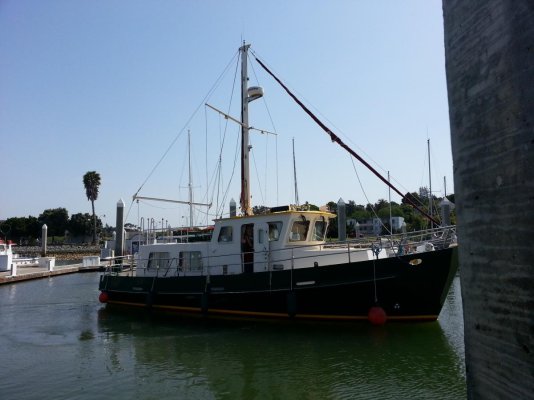Pete,
I am a cautious type. For me, I would not install the radar dome right in front of where I plan to sit all day. Plus, I would not be happy with a radar that only showed about 180 degrees (only in front) of my situation. In fog, especially in a slow trawler, you can be overtaken from astern or at an angle that your radar would not show! This would mean that the radar would only be about 50% effective and in a way give a false sense of security.
Minimizing your personal exposure to any form of radiation is never a bad thing!! Mount it on your mast where radiation exposure would be basically non-existent, where it can operate as designed giving a complete "picture" of your "environment", and figure out a way to lower the mast in a safe, easy manner.

Why would you want to operate in a "lose/lose" manner where the radar operates way less than optimally and at the same time might actually be causing damage to your long term health? Just my humble opinion.


